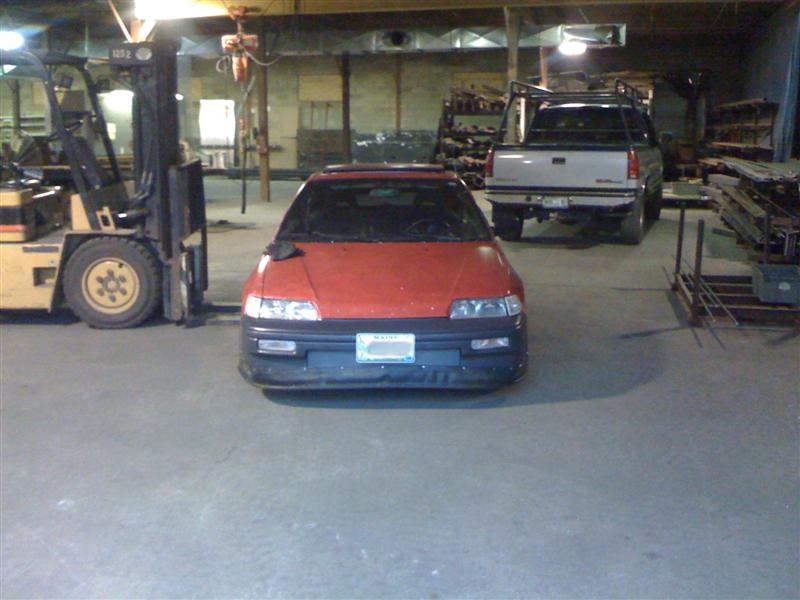Quote:
|
Not an easy project, but if you're up for a challenge check out what the streamliner (HPV) guys are doing.
|
How about this canopy

2007 UCF HPV (human powered vehicle)

It's not optical "grade" though... As theclencher said, it's freaking hard to keep wrinkles out. We used an industrial vacuum former thanks to Lockheed Martin's facilities and a sheet of PETG plastic (soda bottle plastic

).
As far as rating for optical gradeness... 100% being perfectly optical and 0 not being able to see anything... It's around a 60-70%. The distortions are a result of the heating elements. If there was a heat diffuser (rather than exposed element), it would be much better... The "wrinkles" are about 1-1.5" spaced apart and they aren't so much wrinkles as they are localized thin spots where the plastic got warmer than the surrounding areas. We also have some optical "issues" as a result of tight curvature (like eyeglasses

). For us, it's not a big deal and not really noticeable

Oh, and the mold...

It came from that^^. The surface was damn smooth too

That was vacuum bagged off a female tool in two halfs - then combined with fiberglass tape.
------
So that's a rather expensive solution, if you're not doing other items like we were....
But that being said, PETG is amazingly flexible. You can pretty much fold a 4x8' sheet in half and it won't break (until you really make the curvature tight). If you build a suitable frame to support the edges and geometry, you might be able to do some simple shapes.... But for complex and tight curves (like our canopy windscreen), it's not a good option

------
As for how HPV streamliner canopies are made without using a vacuformed mold


Indirect and even heat using a template rather than a mold works great for closer to optical quality. BUT, the drawback is - you're limited to making bubbles with a cross section that matches your template. We couldn't do that for our canopy due to the sharp leading edge and overall wide shape :/
http://www.adventuresofgreg.com/HPVlog/04-02-06.html